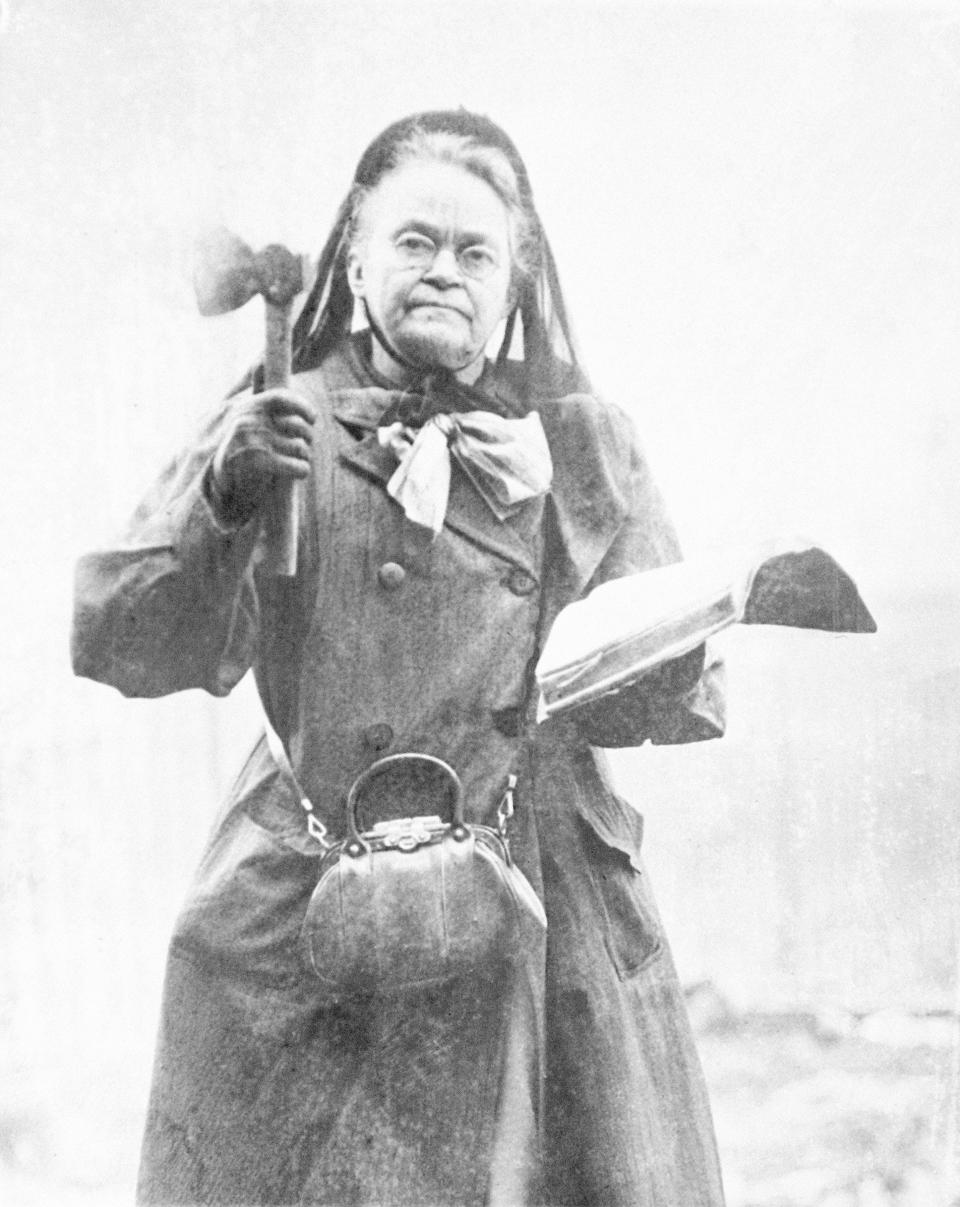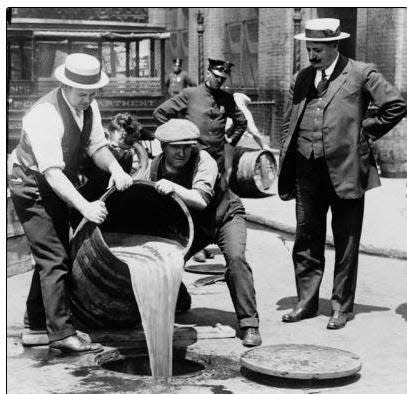Meet the fiery Sussex County native who led the anti-alcohol crusade
“Today, we had a good parade of the Sons of Temperance at Laurel,” Sussex County native William Morgan (no relation to the author) wrote in his diary on May 17, 1848, “the [reviewing] stand 35 by 10 feet was fixed up opposite the Presbyterian Meeting House. It was beautifully decorated with wreaths of blue and white muslin mixed with wreaths of evergreens and roses emblematical of the Order of the Sons of Temperance.”
After a parade and several speeches, Morgan noted, “The Sons partook of an excellent dinner spread under the trees near the P.M. H. [Presbyterian Meeting Hall] … with plenty of cold water, a sober time!”
In the 19th century, not only were few restrictions on the consumption of alcohol, but breweries touted the supposed healthful benefits of alcoholic beverages. One Delaware brewer advertised that its beer was “Liquid Bread.”
The Sons of Temperance and their solemn anti-alcohol pledge

Needless to say, drunkenness was common. Overindulgence of alcohol was blamed for broken families, crime and other social ills.
In response, the Order of the Sons of Temperance was formed in 1842. Members of the new anti-alcohol organization took a solemn pledge: “I will neither make, buy, sell nor use as a beverage, any spirituous or malt liquors, wine or cider.”
Sons of Temperance chapters (known as “divisions”) were soon organized in many areas along the Eastern Seaboard, including in southern Delaware.
Following the Civil War, the work of the Sons of Temperance was overshadowed by the Woman’s Christian Temperance Union (W.C.T.U.), whose most prominent member was the hatchet-welding Carrie Nation.
How Carrie Nation's call inspired a fiery Delaware leader

Formed in 1874, the W.C.T.U. promoted total abstinence from alcohol, tobacco, and all harmful drugs. The movement to ban alcoholic beverages was strong in southern Delaware, where Clarence True Wilson emerged as a national leader in the anti-alcohol crusade.
Born in Milton in 1872, Clarence’s father, John Alfred Wilson, was a Methodist minister; and young Clarence inherited a respect for religion and a hatred for alcohol. Clarence was 17 years old when the Milton chapter of the W.C.T.U. was founded, with its first meeting held on July 4, on board the schooner James M. Carey.
SANTA MYSTERY: Secret Santa in Rehoboth Beach: Santa hats pop up around the beach, no trace of Santa
The next year, he became a church deacon, and two years after that, he became an elder in the Methodist Episcopal Church. His crusade against the evils of alcohol was underway.
Wilson began his ministry in Seaford before he moved out of Delaware to continue his education and his temperance activities. With white hair, ruddy face and a Colonel Sanders’ style goatee, the Sussex County native cut a distinctive figure, and his fiery tongue awed many who dared to oppose him.
In 1906, he was elected president of the Oregon Anti-Saloon League. Founded in 1893, the Anti-Saloon League worked to unify the growing public temperance sentiment and targeted places that sold alcoholic beverages with the motto, “The saloon must go!”

Wilson’s speeches harangued the evils of alcohol and the “rum element” that he believed controlled the government. The former Milton resident’s organizational efforts helped turn the Prohibition movement into an effective political force that culminated in 1919, when the 18th Amendment to the Constitution was ratified, banning the manufacture, transportation and sale of alcoholic beverages.
Bootleggers and rumrunners, however, kept the country supplied with liquor throughout the Roaring ‘20s, and the decade was far from a “sober time.” Having failed in its goal to end lawlessness, eliminate poverty, and improve society, Prohibition was repealed, and in 1933, legal alcohol flowed freely again.
DELAWARE NEWS: Growing demand on Sussex County roads: What you need to know about upcoming construction
Principal sources
Harold B. Hancock, ed., “William Morgan’s Autobiography and Diary: Life in Sussex County, 1780-1857,” Delaware History, Vol. 19, No. 1, Spring-Summer, 1980, p. 119.
One Hundred Years of Temperance. New York: National Temperance Society and Publication House, 1886, p. 141.
Clarence True Wilson: “America’s Number One Dry”, Clarence True Wilson: 'America's Number One Dry' (alcoholproblemsandsolutions.org)
Anti-Saloon League Collection, Anti-Saloon League Collection | Westerville Public Library (westervillelibrary.org)
This article originally appeared on Salisbury Daily Times: How a national anti-alcohol crusade was led from Delaware

